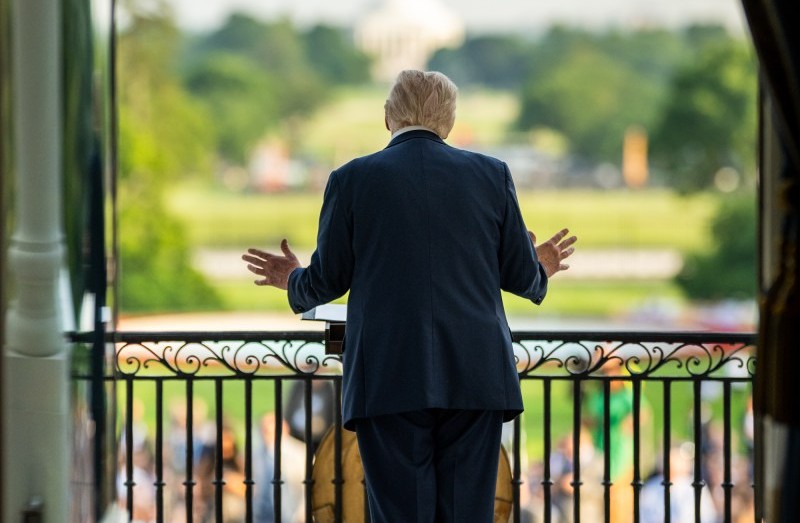

President Donald J. Trump has once again escalated his confrontation with the Federal Reserve, sharply criticizing its chairman, Jerome H. Powell, for maintaining high interest rates and suggesting he might need to “force” something.
Speaking to reporters on Thursday, Mr. Trump used unusually personal language to denounce Mr. Powell’s leadership of the central bank, calling him a “numbskull” for failing to lower borrowing costs. “We are spending $600 billion a year because of one man who doesn’t see the need to cut rates,” he said. “I may have to force something.”
Though Mr. Trump did not clarify what he meant by "force," he emphasized that he has no immediate plans to dismiss Mr. Powell, whose term as chair extends until May 2026. “They say it would be terrible if I fired him. I don’t know why, but I won’t,” he added, acknowledging the political risks of interfering with the central bank's independence.
The remarks come just days before the Fed’s June policy meeting, where officials are widely expected to hold the benchmark interest rate steady at its current range of 4.25 to 4.5 percent. The central bank paused its rate-cutting cycle earlier this year amid fears that trade policies, including Mr. Trump's tariffs, could reignite inflationary pressures.
Mr. Trump has long bristled at Mr. Powell’s cautious stance. During his first term, he frequently castigated the Fed chair for raising rates, and earlier this year, he signaled his growing impatience by suggesting a replacement may soon be named. “Jerome Powell... is always too late and wrong,” Mr. Trump posted in April on Truth Social. “His termination cannot come fast enough!”
Behind the scenes, speculation is building over who Mr. Trump might choose to succeed Mr. Powell should he return to office. Names floated include Treasury Secretary Scott Bessent, former Fed governor Kevin Warsh, National Economic Council Director Kevin Hassett, and current Fed governor Christopher Waller. Mr. Bessent has previously floated the concept of a “shadow Fed chair” to guide market expectations in advance of an official appointment.
Some economists remain skeptical of that approach. “Markets are unlikely to respond to an unofficial voice, especially in a volatile environment,” said Doug Rediker, a former IMF representative and managing partner at International Capital Strategies. “If Trump appoints someone early, that individual becomes a lightning rod — even before taking office.”
Despite Mr. Trump's insistence on rate cuts, the Fed has continued to emphasize its commitment to data-driven decisions. Inflation in May edged up slightly to 2.4 percent, below economists' expectations but still a concern for policymakers. At a meeting late last month, Mr. Powell reaffirmed the Fed’s position that it would not act in response to political pressure.
With the 2026 expiration of Mr. Powell’s term approaching, the debate over the Fed’s future leadership — and its role in navigating a politically charged economic landscape — is poised to intensify. Whether Mr. Trump will follow through on his threats or moderate his stance remains to be seen, but his rhetoric has already introduced fresh uncertainty into the financial markets.

Some in the industry say that more UBS financial advisors this year will be heading for the exits.

The Wall Street giant has blasted data middlemen as digital freeloaders, but tech firms and consumer advocates are pushing back.

Research reveals a 4% year-on-year increase in expenses that one in five Americans, including one-quarter of Gen Xers, say they have not planned for.

Raymond James also lured another ex-Edward Jones advisor in South Carolina, while LPL welcomed a mother-and-son team from Edward Jones and Thrivent.

MyVest and Vestmark have also unveiled strategic partnerships aimed at helping advisors and RIAs bring personalization to more clients.
Orion's Tom Wilson on delivering coordinated, high-touch service in a world where returns alone no longer set you apart.
Barely a decade old, registered index-linked annuities have quickly surged in popularity, thanks to their unique blend of protection and growth potential—an appealing option for investors looking to chart a steadier course through today's choppy market waters, says Myles Lambert, Brighthouse Financial.
